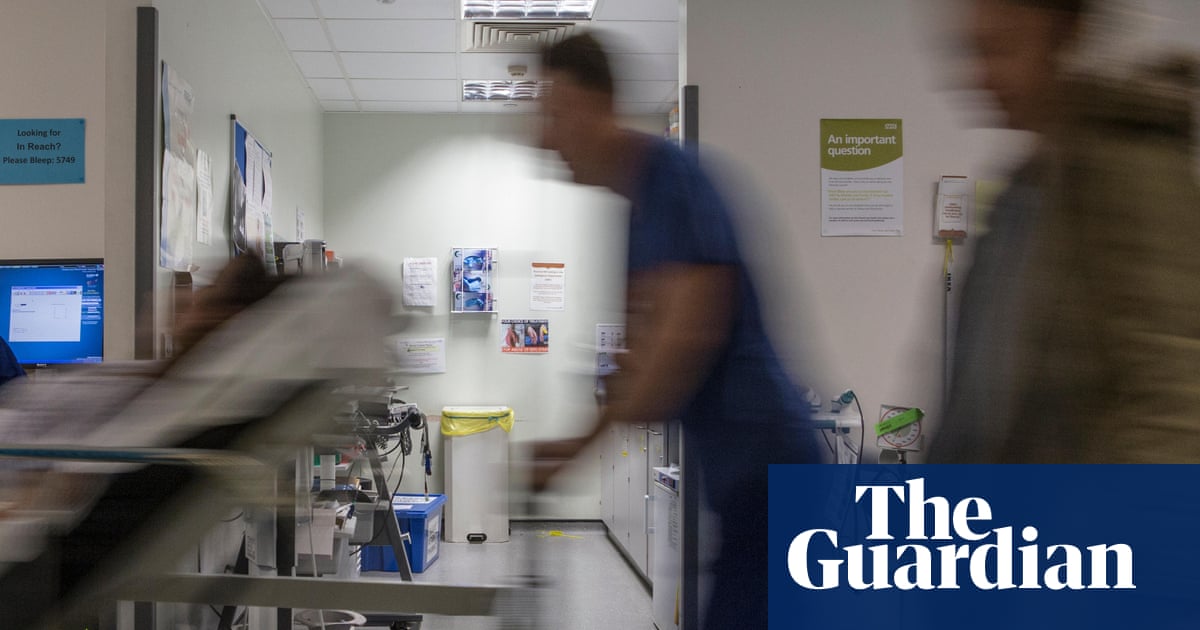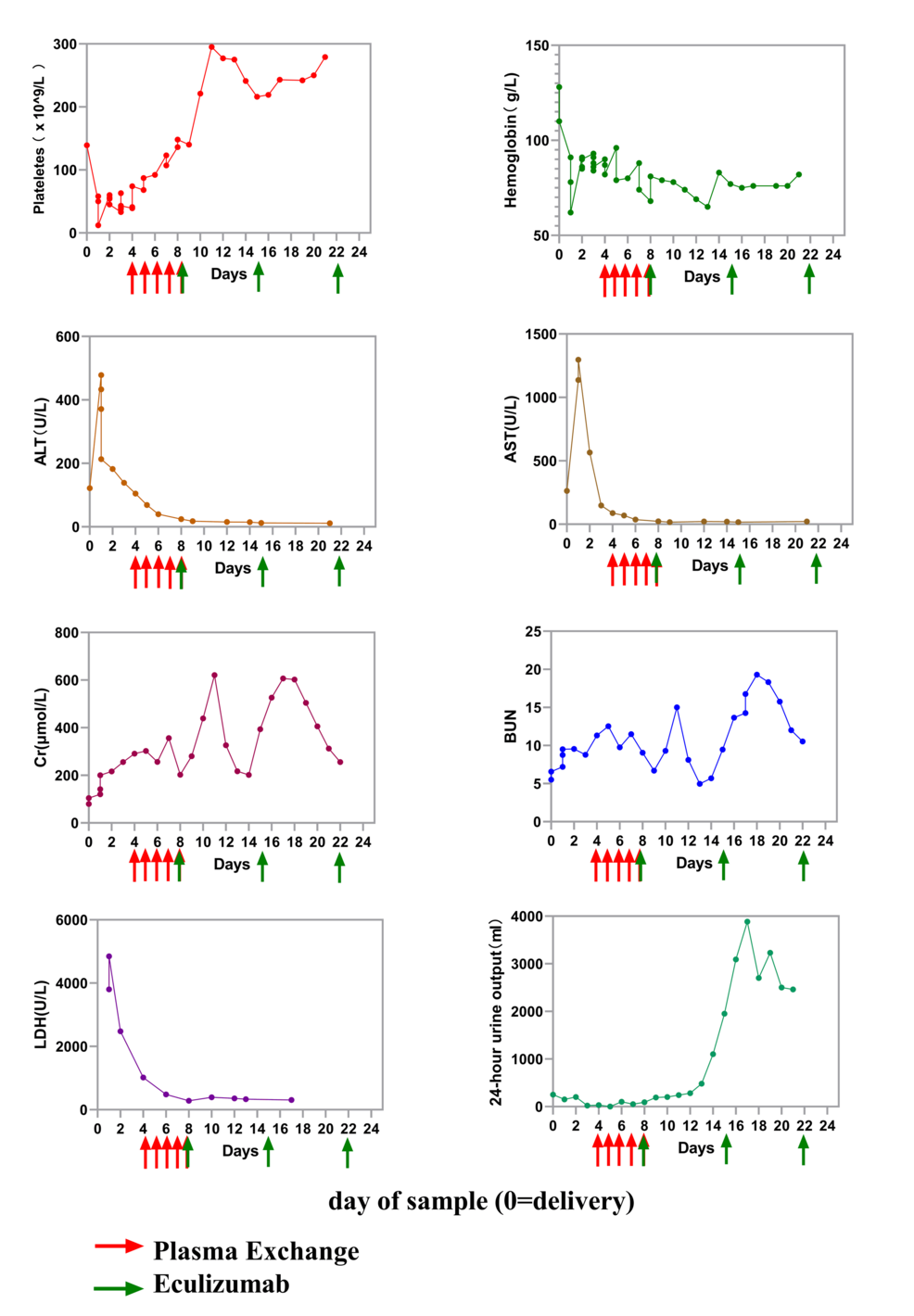NHS Waiting Times Lead to Increased Mortality for Patients with Aortic Stenosis

Every year, hundreds of patients suffering from a life-threatening heart condition known as aortic stenosis (AS) die while waiting for treatment on NHS waiting lists, according to alarming new research. This condition, which affects around 300,000 individuals across the United Kingdom, poses a significant threat to health as it weakens the heart’s aortic valve—a critical component that helps circulate blood throughout the body. While AS can be fatal, early detection and treatment can allow patients to survive and return to a normal, healthy life.
Despite the severity of the condition, over 400 patients with aortic stenosis die annually due to delays in accessing a vital non-surgical procedure known as transcatheter aortic valve implantation (TAVI). This shocking statistic has emerged from a comprehensive survey examining waiting times for TAVI procedures at 35 specialized centers across the UK. Heart specialists have expressed deep concern over what they describe as an “unacceptable” mortality rate associated with the treatment, particularly when compared to other European nations that perform significantly more TAVI procedures each year.
Dr. Jon Byrne, a cardiologist at King’s College Hospital in London and the researcher spearheading this study, stated, “Of all the people on the waiting list to have TAVI, 8% die before they receive treatment – 8% is a big figure. That 8% translates to just over 400 patients a year.” He emphasized the troubling nature of these findings, noting that while some patients on the waiting list may succumb to other health conditions, a substantial number would have likely survived had they received timely TAVI treatment.
Moreover, Dr. Byrne estimates that the actual death toll could be as high as 800 annually, a figure that stems from the fact that the survey only gathered data from 18 out of the 35 centers that offer TAVI. Aortic stenosis predominantly affects elderly individuals, particularly those in their 70s, 80s, and 90s, highlighting the urgent need for effective treatment options for this vulnerable population.
The research conducted by Valve for Life reveals that some hospitals performing TAVI have observed death rates as high as 20%. The average waiting time for patients to receive this essential procedure across the UK stands at a concerning 142 days, which is over 20 weeks. This is particularly alarming when considering that patients with severe aortic stenosis face a staggering 50% risk of dying within that time frame.
There is also a troubling disparity in treatment access; white patients are more likely to receive TAVI compared to those from minority ethnic backgrounds, further emphasizing the inequalities within the healthcare system. In an article for Cardiology News set to be published on Monday, Dr. Byrne writes: “These findings expose a growing crisis in access to TAVI across the UK. Despite the dedication and expertise of clinicians delivering exceptional care under increasing pressure, system inefficiencies, health inequalities, and capacity constraints continue to put patients at risk.”
Dr. Byrne and his co-author Wil Woan, the executive director of the charity Heart Valve Voice, emphasized that the long wait times between a patient’s referral for TAVI and the actual procedure leave thousands at risk. Woan added, “Evidence collected by the European Society of Cardiology shows that the UK is lagging behind Europe in the volume of TAVI procedures performed. This means many people are dying unnecessarily.” He insists that TAVI is a transformative procedure that can dramatically improve the quality of life for patients suffering from aortic stenosis, asserting that “it gives people their lives back.”
In light of these alarming findings, NHS England is reportedly working on strategies to address these mortality rates by implementing a fast-track process that aims to expedite TAVI procedures for the most urgent cases, ensuring that they are treated within eight weeks.
Delays in accessing TAVI not only jeopardize patient health but also place an additional burden on the NHS, as untreated patients frequently require emergency admissions to hospitals due to worsening conditions. Dr. Sonya Babu-Narayan, the clinical director at the British Heart Foundation, expressed her concern by stating, “It’s troubling to hear alarming reports about patients dying while waiting for timely heart procedures that may have saved their lives.” She highlighted that nearly four out of ten patients are waiting longer than 18 weeks for treatment—a delay that is particularly dangerous for heart patients, where prompt care is of the utmost importance.
Dr. Babu-Narayan further argued that long waiting times can lead to patients experiencing prolonged ill health, preventing them from working and ultimately reducing their quality of life, with some facing premature mortality as a result. The Department of Health and Social Care has acknowledged the existence of long delays faced by heart patients. A spokesperson for the department remarked, “Because of the dire state of the NHS this government inherited, patients around the country, including those suffering from aortic stenosis, are waiting too long for treatment. Through our plan for change, we are delivering the investment and reform needed to get the NHS back on its feet and provide faster treatment for everyone who needs it, including those waiting for TAVI.”




























